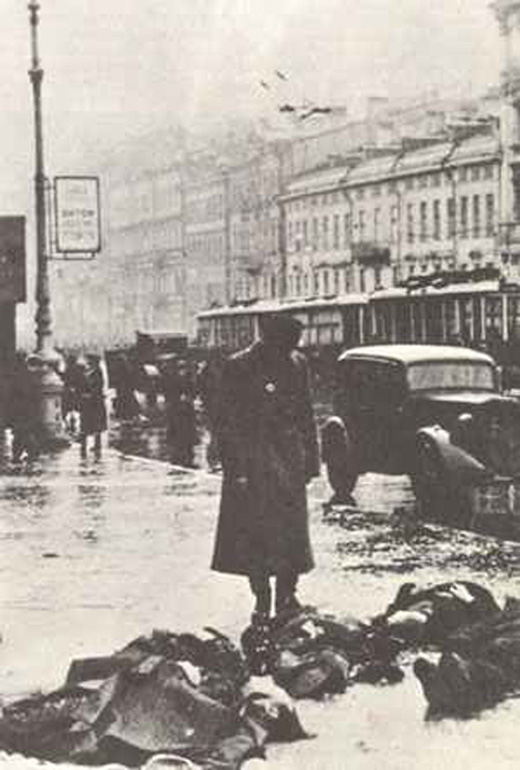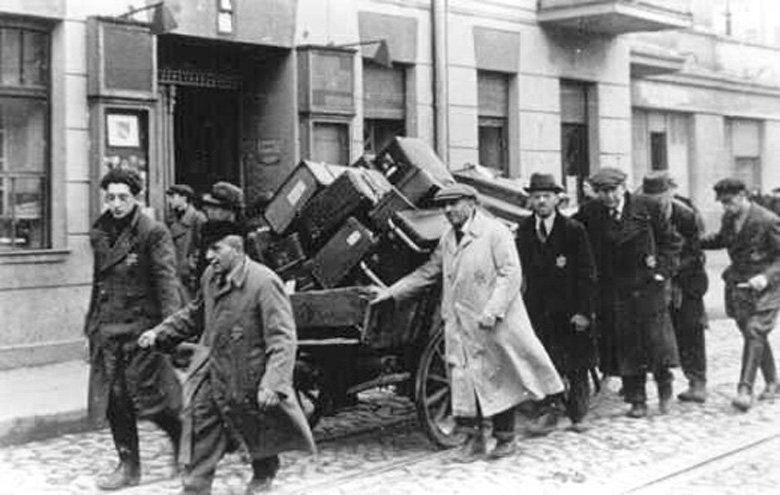Diplomatic Relations
The Japanese envoy extraordinary to Washington, Saburo Kurusu, with Ambassador Nomura, presents his government's final proposals for the resolution of the crisis of relations between Japan and the United States. He stresses that Japan 'never pledged itself to a policy of expansion', but the tone of the proposals are really an ultimatum by which the US would not aid the Chinese and let the Japanese have a free hand in China and Indochina.
Pres Roosevelt drafts his own compromise plan to break the deadlock with Japan. He is willing to resume oil shipment to Japan and have the US participate in direct negotiations between Japan and China. In return the Japanese will send no more troops overseas and not comply with terms of the Tripartite Pact, even if the US becomes involved in an European war. China opposes these proposals as does Churchill and they are withdrawn. Instead, the US substitutes proposals outlined by Sec of State Hull which are submitted to Tokyo. They are far more severe and constitute a counterultimatum to the Japanese.
[Eastern Front
In the southern sector, after failing in a flanking movement the Germans capture Rostov-on-Don with a bloody frontal assault. Rostov is strategically located, as it sits at the mouth of the Don River on the Sea of Azov. The way to Stalingrad and the Caucasus is now open.
In the north, a stalemate has set in before Leningrad, but the weather is becoming a big factor as cold and hunger claim more and more victims among the population. Since the German siege began, rations are reduced for the fifth time. Workers and special personnel now receive 8-3/4 oz of bread per day, with other food stuff bringing the daily ration up to 1,667 calories. Children are getting 644 calories while old persons and others not engaged in productive activities 466 calories. A normal ration in a cold climate like that of Leningrad would be over 3,000 calories. 'The people were not strong enough to dig graves in the frozen earth. The dead were left beside the cemeteries wrapped in a blanket, and generally buried in common graves excavated with dynamite. In the spring thousands of bodies were discovered that had remained covered in snow throughout the winter.'
Starving Civilians in the Streets of Leningrad |
 |
The Soviet 52nd Army continues its actions at Malaya Vyshera, as the Germans feed troops into Tikhvin in the face of thr 4th Army's assaults.
CENTRAL SECTORThe Germans inflict major casualties on the Soviet 5th, 16th, 30th and 50th Armies. The 3rd Panzer Group makes good progress, although the 4th Panzer Group is suffering losses. The XXIV Panzer Corps captures Tim.
SOUTHERN SECTORMost of Rostov has fallen to the Germans, together with 10,000 prisoners. But the Soviet 56th Independent Army continues to launch attacks, and there now exists a gap between the 1st Panzer Group and the German 17th Army. In addition, the III Panzer Corps has to switch the 13th and 14th Panzer Divs to Tuslov to counter the continuing attacks by the Soviet 37th Army.
[North Africa
Brig John C. Campbell's 7th Support Group joins Brig George Davy's 7th Armored Bde while Brig Bertram F. Armstrong's 5th South African Bde also prepares to move to his aid while Brig Dan Pienaar's 1st South African Bde covers Bir el Gubi. Meanwhile the British XIII Corps begins to wheel around the Axis frontier defenses at Sidi Omar. Gen Cunningham feels sufficiently in control of the situation to order the Tobruk garrison to begin break-out attacks and, in the evening, orders are sent to Maj-Gen Ronald Scobie to begin a breakout action on the following day.
Throughout the day the 8th Army consolidates its advantages helped by the fact that Rommel's armor is still widely separated. Lt-Col Stephen withdraws in the morning to rejoin the rest of the 21st Panzer before the division moves off in pursuit of the 3rd Royal Tanks, who had rejoined the 4th Armored Bde earlier in the day. The pursuit proves to be a wild goose chase which ends when the 21st Panzer Div runs out of fuel. While the German division is replenishing, the 5th Panzer Regt attacks the 4th Armored Bde on its own about 1630. The main assault falls on the 3rd Royal Tank Regiment. Brig Gatehouse's unit loses 26 tanks.
During the night the 22nd Armored Bde arrives to assist Gatehouse's 4th Armored Bde. Lt-Gen Ludwig Crüwell concentrates his Afrika Korps bringing up the 21st Panzer. Rommel is beginning to appreciate the extent of the British aims and orders his panzer divs to follow the enemy tanks heading toward Tobruk with their objective being the airfield at Sidi Rezegh. The airfield lies on a little plateau about 3 miles wide running roughly southeast to northwest between 2 of the 3 escarpments or rocky cliffs bound in the area. The escarpments are called by the British the 1st, 2nd and 3rd escarpments, from the sea inland. South of the airfield is the 3rd Escarpment, the highest part being Point 178. The 2nd Escarpment forms the northern boundary of the plateau, its most prominent feature being a natural one called Point 175, and it runs almost due east of the airfield. North of the 2nd Escarpment lies the Trigh Capuzzo, the middle of 3 routes running west from the frontier. Beyond this is the 1st Escarpment, and to the northwest again of the latter is Tobruk.
Both British and Germans still fail to concentrate their tank forces properly. The British 4th Arm Bde is again mauled, this time by 15th Pzr. The 7th Arm Bde is still active around Sidi Rezegh and 22nd Arm Bde is moving to join 4th Arm. Gen Cunningham feels sufficiently in control of the situation to order the Tobruk garrison to begin break-out attacks, but in fact Rommel is beginning to appreciate the extent of the British aims and orders his pzr divs toward Sidi Rezegh at the end of the day.
[Occupied Poland
- German Jews Arrive in the Ghetto |
 |
Vichy, Politics
It is announced that Gen Weygand has retired from his posts in North Africa. He is actually dismissed; his title was Delegate General of Vichy France in North Africa. He has been removed after German pressure because of his non-cooperation with them.
[